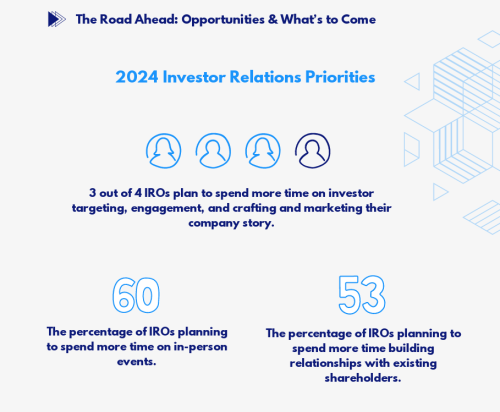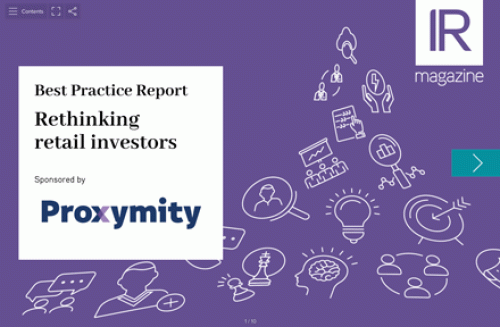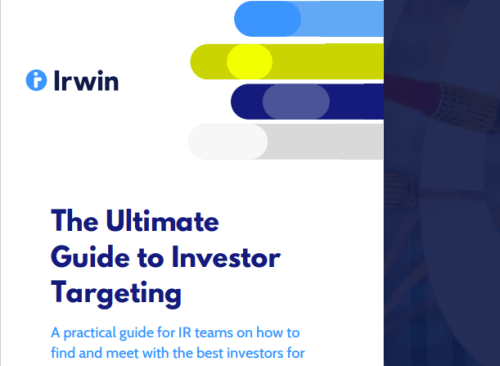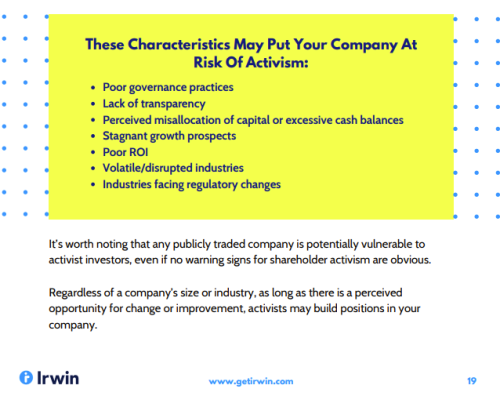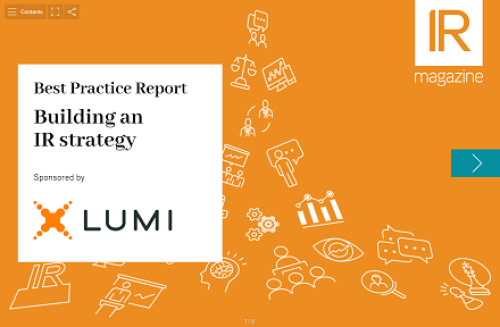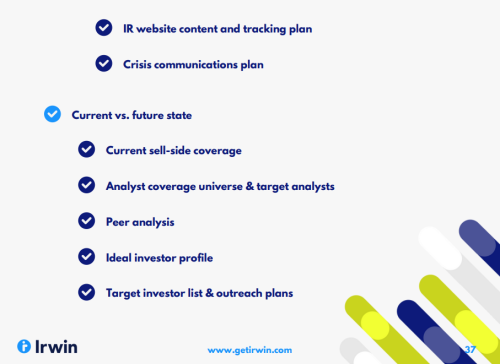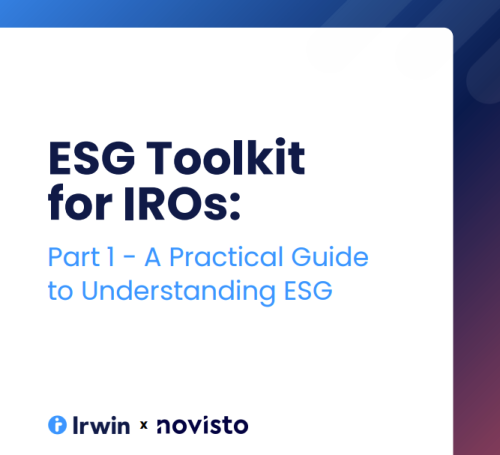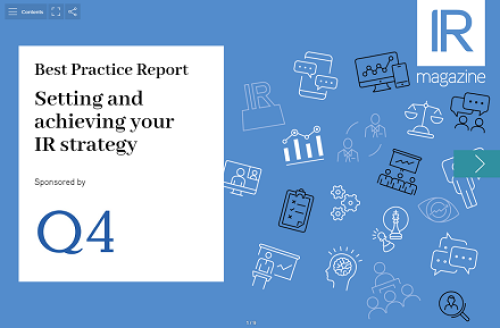Investigating the pros and cons of tech alternatives to the traditional investor perception study – and how these tools compare with the in-depth insights gathered by third-party providers
At a glance
The traditional option
A traditional investor perception survey can set you back $100,000 but with a process that spans 10 weeks of in-depth phone interviews, intensive analysis and comparisons with your provider’s normative database,and the expert knowledge that comes from years of experience, the insights gathered can prove invaluable.
Taking it online
Online tech tools do offer alternatives, however, allowing IROs to gather feedback
You need to register to access 3 free deep dive articles per month. To continue reading please register or login below..
- Unlimited deep dives
- Data-driven research around key topics
- Buy-side insights
- Benchmarking reports
From
$1495

